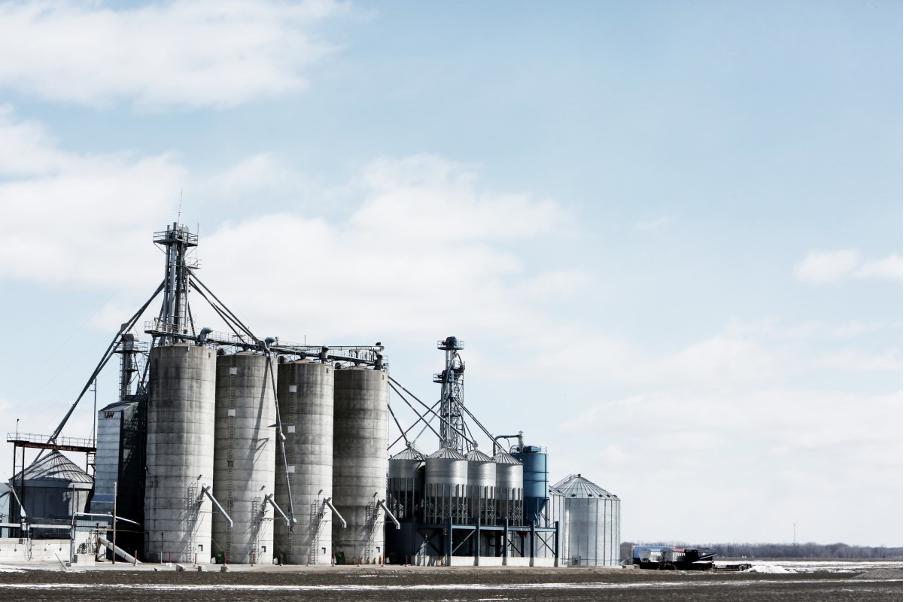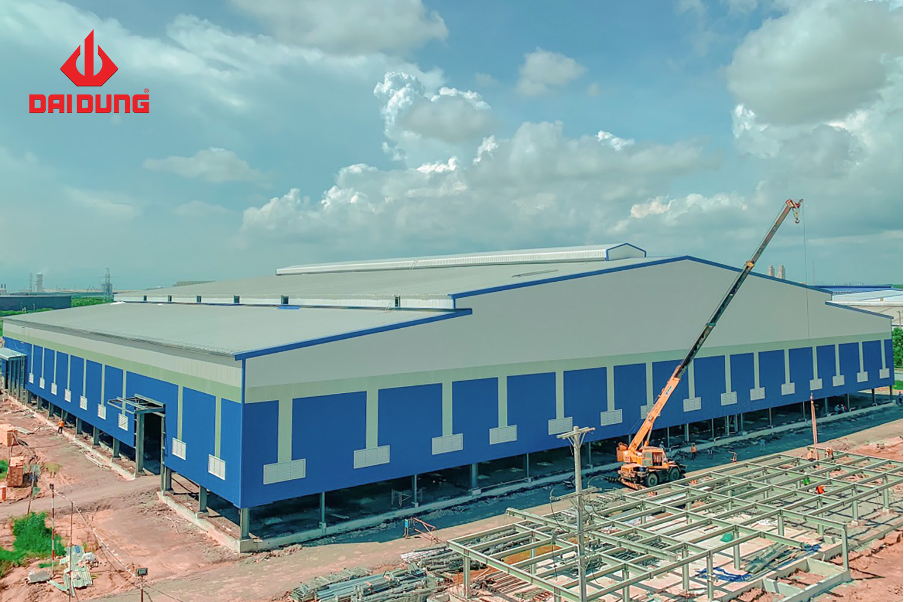Identifying Risks and Safe Practices in Petroleum Storage
Petroleum storage involves significant risks such as fire, explosion, vapor emission, environmental pollution, and occupational accidents. To minimize these hazards, businesses must strictly follow oil and gas industry safety regulations and standards.
Key measures include using certified storage tanks, proper warehouse layout, adequate ventilation, comprehensive staff training on fuel handling procedures, providing full personal protective equipment (PPE), and establishing clear emergency response protocols.
Regular inspection and maintenance of tanks, pipelines, valves, and sensors are crucial to detect early signs of leakage or damage and enable timely intervention.
Common Storage Tank Issues and Solutions
Several typical problems with petroleum storage tanks can directly impact safety and operational efficiency:
- Corrosion and Leakage: Petroleum is corrosive and can weaken tank structures over time. Regular inspections, repairing cracks, welding weak spots, and using anti-corrosion materials are essential.
- Overfilling: Excessive filling can cause spills, leading to fire hazards and environmental pollution. Staff training, installation of alarm systems, and automatic shut-off devices are effective solutions.
- Flammable Vapor Accumulation: Vapors can accumulate and ignite if exposed to ignition sources. Installing ventilation and vapor recovery systems, and conducting regular checks, are recommended.
- Foundation Settlement: Tanks placed on weak foundations may deform or crack. Proper site surveys, foundation reinforcement, and frequent inspections are necessary.
- Non-compliance with Safety Procedures: Lack of clear procedures or insufficient staff training can lead to accidents. Businesses should develop, review, and update safety protocols and organize regular drills.
International Standards for Petroleum Storage Tanks
International standards such as API 650, API 653, API 2350, and API 2015 provide detailed guidelines for the design, fabrication, inspection, repair, operation, and maintenance of petroleum storage tanks. For example, API 650 is the global standard for welded steel tanks, ensuring pressure resistance, corrosion protection, non-destructive testing (NDT), leak detection, and foundation requirements. Adhering to these standards minimizes risks, extends tank lifespan, and enhances operational safety.

Operations, Maintenance, and Staff Training
A comprehensive Operations & Maintenance Plan (O&M Plan) is mandatory for all petroleum storage facilities. This plan should detail the tank system, pipelines, safety equipment, inspection and maintenance procedures, emergency response, staff training, and record-keeping for audits and regulatory compliance. Strict implementation of the O&M Plan helps businesses reduce risks, maintain continuous operations, and improve management efficiency.
Practical Tips for Handling, Transport, and Emergency Prevention
Some practical recommendations to enhance safety in petroleum storage and handling include:
- Regular Inspection and Maintenance: Ensure tanks, pipelines, valves, and sensors are always in good condition to detect leaks, corrosion, or damage early.
- Staff Training: Equip personnel with knowledge of safety procedures, use of PPE, spill and fire response, and basic first aid.
- Strict Control of Loading/Unloading: Apply rigorous procedures, use specialized equipment, and minimize vapor or spill risks.
- Install Vapor Recovery, Anti-static, and Safety Valves: Reduce fire/explosion risks and protect the environment.
- Develop Emergency Response Plans: Create scenarios, conduct regular drills, and equip facilities with spill kits, fire extinguishers, and alarm systems.
Steel Structure Standards and the Mark of DaiDung Group
Steel structures are a cornerstone of modern petroleum storage safety. DaiDung Group is a pioneer in manufacturing and erecting large-scale steel structures for the oil, energy, and heavy industries. Its Nghi Son factory meets LEED Gold standards, incorporates automation and robotics, and operates under ISO 9001, ISO 14001, and ISO 45001 certifications—meeting the strictest global requirements. DaiDung Group’s steel products offer durability, fire and corrosion resistance, and seamless integration with fire protection and leak detection systems, enhancing safety and efficiency for petroleum storage projects both domestically and internationally.

Conclusion
Safety in petroleum storage is vital for the sustainable development of the oil and gas industry. Businesses must comply with international standards, invest in modern steel structures, establish thorough operations and maintenance plans, provide advanced staff training, and continually innovate to minimize risks and protect people, assets, and the environment. DaiDung Group’s achievements in steel structure solutions for the oil and gas sector exemplify the industry’s shift toward safer and more sustainable energy infrastructure.
